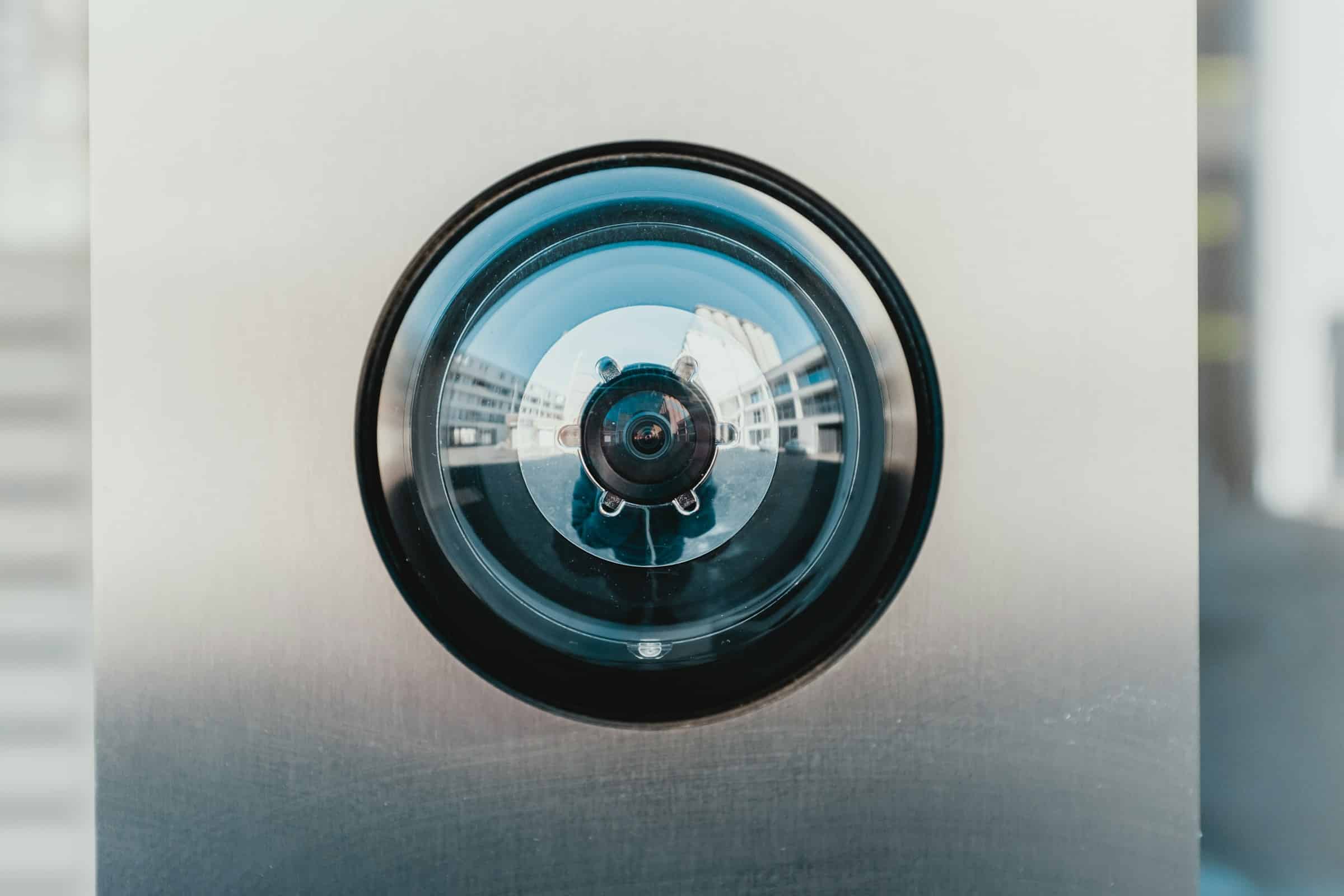In recent years, smartphone manufacturers have significantly improved camera technology to meet the growing demand for high-quality low-light photography. The advancements are remarkable, making it possible for users to capture stunning images in conditions previously deemed impossible. This article delves into the latest developments in smartphone camera technology for low-light photography. Whether you’re an enthusiast or a casual shooter, understanding these innovations will help you make the most of your smartphone’s camera capabilities.
Enhanced Sensor Technology
One of the primary innovations in smartphone camera technology is enhanced sensor technology. Modern cameras feature sensors that are more sensitive to light, enabling better performance in low-light conditions.
A lire également : How Can You Use Your Smartphone to Monitor and Control a Smart Greenhouse?
Larger Sensors and Pixels
Recent advancements have led to the development of larger sensors, which allow for greater light absorption. This is crucial for low-light photography as it helps in capturing more detail and reducing noise in dark environments. Larger pixels within these sensors also contribute to improved light sensitivity, ensuring that each pixel can gather more light. This results in clearer and brighter images even when light is scarce.
Backside-Illuminated (BSI) Sensors
Backside-illuminated (BSI) sensors are another breakthrough in sensor technology. By relocating the wiring to the back of the sensor, BSI sensors increase the amount of light that reaches the photodiodes. This leads to better image quality, especially in low-light conditions. The combination of larger sensors and BSI technology represents a significant leap forward in smartphone camera performance.
Sujet a lire : Can You Transform Your Smartphone into a Versatile Tool for Digital Forensics?
Advanced Software Algorithms
While hardware improvements are crucial, software algorithms play an equally important role in enhancing low-light photography. Modern smartphones use sophisticated algorithms to process images, making them appear brighter and clearer.
Noise Reduction Techniques
One of the biggest challenges in low-light photography is noise, which appears as grainy spots in images. Advanced noise reduction algorithms analyze the image and intelligently reduce noise without compromising detail. This results in cleaner and more professional-looking photos even in dimly lit environments.
Multi-Frame Processing
Another innovative technique is multi-frame processing. Smartphones now capture multiple frames in quick succession and combine them to create a single image. This method, often referred to as computational photography, enhances overall image quality by reducing noise and improving dynamic range. The result is a well-balanced photo that accurately represents the scene’s lighting conditions.
Improved Optical Image Stabilization (OIS)
Optical Image Stabilization (OIS) has become a standard feature in high-end smartphones, and its advancements have significantly benefited low-light photography. OIS helps in reducing blur caused by hand movements, which is especially problematic in low-light settings where longer exposure times are required.
Enhanced Stabilization Mechanisms
Recent developments in OIS technology include enhanced stabilization mechanisms that provide better compensation for camera shake. This is achieved through more sophisticated hardware and refined algorithms, ensuring that even slight movements are corrected. As a result, images captured in low-light conditions are sharper and more detailed.
Sensor-Shift Stabilization
A notable innovation is sensor-shift stabilization, where the camera sensor itself moves to counteract camera shake. This technology, initially seen in high-end digital cameras, has now made its way into smartphones. Sensor-shift stabilization offers superior performance compared to traditional OIS systems, delivering crisp and clear images even in challenging lighting scenarios.
Enhanced Night Modes
Dedicated night modes have revolutionized low-light photography by enabling users to capture stunning images with minimal effort. These modes use a combination of hardware and software advancements to optimize settings for low-light conditions.
AI-Powered Night Mode
AI-powered night modes leverage artificial intelligence to analyze the scene and adjust various parameters such as exposure, ISO, and white balance. This ensures that the camera captures the best possible image in low-light settings. The AI algorithms also help in reducing noise and enhancing details, resulting in impressive night-time shots.
Long Exposure Techniques
Long exposure techniques in night modes allow the camera to capture light over an extended period. This helps in brightening the image and bringing out details that would otherwise be lost in darkness. Smartphones with advanced night modes can automatically switch to long exposure when necessary, making it easier for users to take beautiful low-light photos without manual adjustments.
High-Quality Lenses and Aperture Improvements
The quality of lenses and the aperture size significantly impact a camera’s performance in low-light conditions. Recent advancements in these areas have further enhanced smartphone cameras’ capabilities.
Improved Lens Design
Modern smartphone cameras feature improved lens designs that gather more light and reduce distortions. These lenses are made from high-quality materials, ensuring that the image quality remains high even in low-light conditions. The use of multiple lens elements helps in minimizing chromatic aberration and other optical flaws, resulting in sharper and clearer images.
Larger Apertures
Larger apertures allow more light to reach the sensor, which is crucial for low-light photography. Current smartphone cameras boast apertures as large as f/1.5, enabling them to capture more light and produce brighter images. The combination of larger apertures and advanced sensors ensures that users can take high-quality photos even in dimly lit environments.
The latest developments in smartphone camera technology have made remarkable strides in enhancing low-light photography. From enhanced sensor technology and advanced software algorithms to improved optical image stabilization and high-quality lenses, these innovations have significantly improved the ability to capture stunning photos in low-light conditions. Whether you’re an avid photographer or someone who simply enjoys taking pictures, understanding these advancements will help you make the most of your smartphone’s camera capabilities. Embrace these cutting-edge technologies, and you’ll be able to capture beautiful images, regardless of the lighting conditions.

No Responses